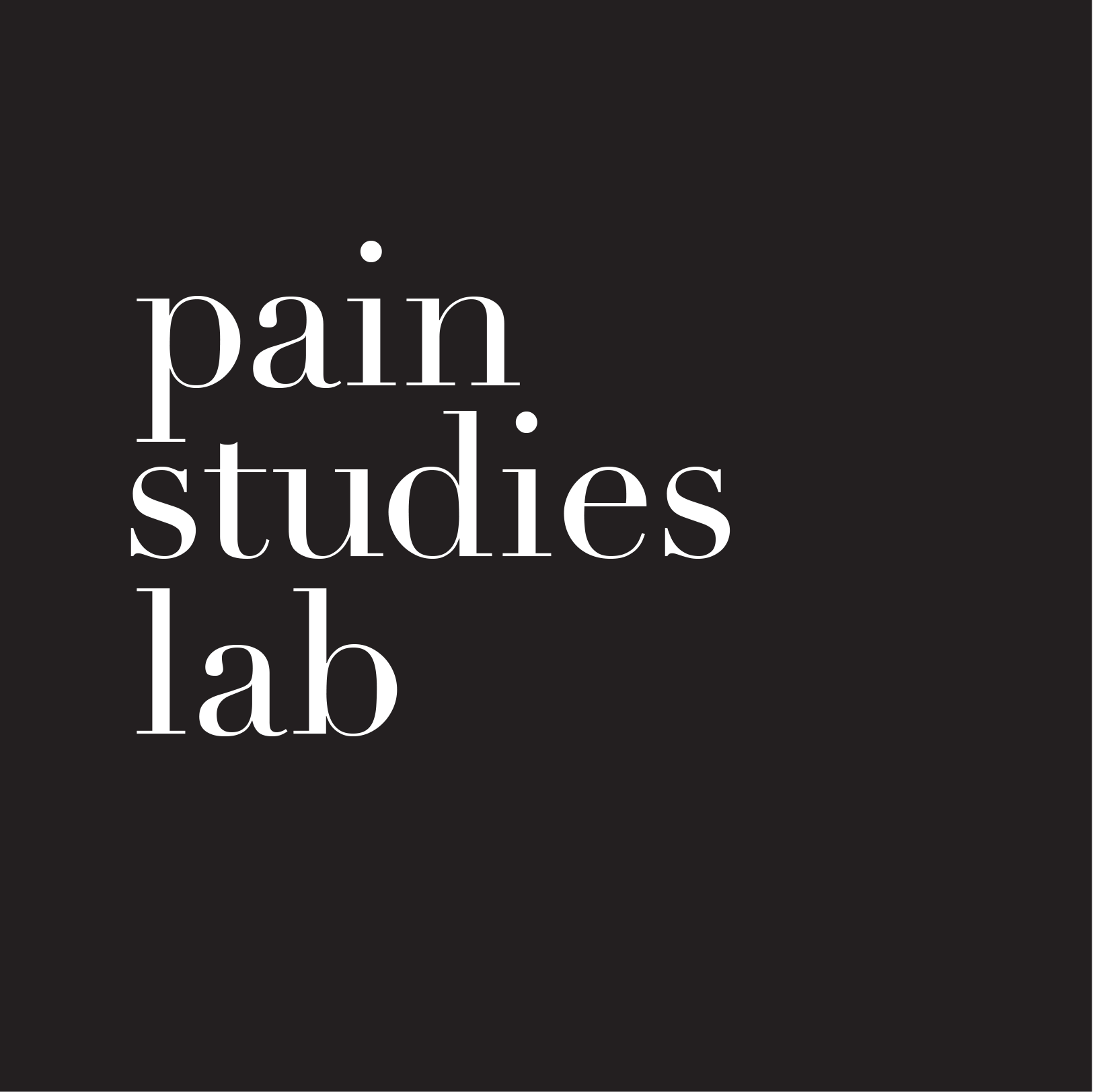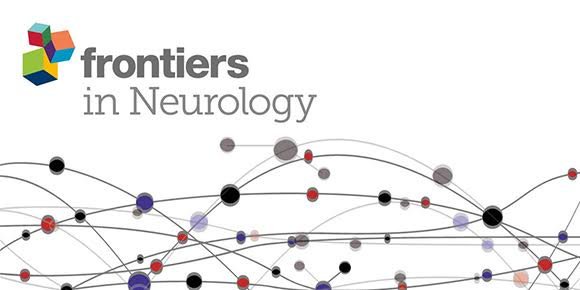“I Dreamed of My Hands and Arms Moving Again...”
Reference:
Tong, X., Wang, X., Cai, Y., Gromala, D., Fan, B., & Wei, K. (2020).
“I Dreamed of My Hands and Arms Moving Again”:
A Case Series Investigating the Effect of Immersive Virtual Reality on Phantom Limb Pain Alleviation”
Frontiers in Neurology, 11, 876.
https://www.frontiersin.org/articles/10.3389/fneur.2020.00876/full

